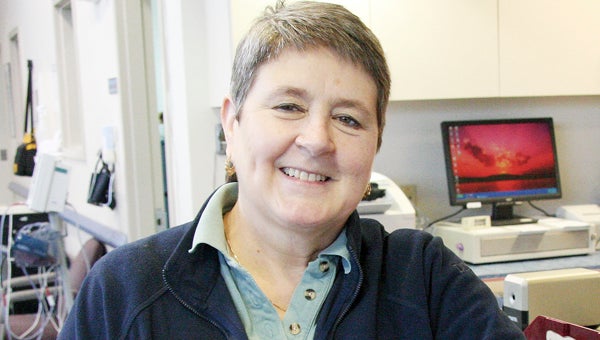The long and winding road
Published 5:23 pm Saturday, March 15, 2014
The aging “Baby Boomers” are creating one of the fastest growing populations in our country, and with that comes many challenges. Advances in medicine and science have made it possible for us to live longer, but the big question for us is, “Are we aging successfully?”As we survive into our 60s, 70s and beyond, we need to focus on staying healthy and fit. The growing elderly population is becoming a crucial factor on the demands and burdens of our ever-changing healthcare system. In the next 25 years, Americans at the age of 65 and older, is expected to double to about 72 million, roughly 20 percent of our population. According to the Centers for Disease Control and Prevention, further education is needed to help this population age successfully.
The CDC’s latest “The State of Health and Aging in America” report focused on the importance of reducing behaviors that contribute to premature death and disability. Since 1967, the leading cause of premature death in this country has been heart disease, followed by cancer, respiratory disorders, Alzheimer’s and diabetes. As a result of this latest report, the CDC has provided guidelines for older Americans to live longer and stay healthy. So what is “successful aging” and how do we achieve it?
Here are the CDC’s latest recommendations for successful aging:
Get screened. The two most important screenings are mammography for women (should be done at least every two years) for breast cancer and colonoscopy for everyone (no less than every five years) to detect colon cancer, beginning at age 50.
Get vaccinated. Both influenza and pneumonia comprise the seventh-leading cause of death among older Americans. Getting the pneumonia vaccine at least once past age 60 and the flu vaccine every year in the fall should be priorities.
Quit smoking. I think everyone in this country has heard and knows that smoking is the No. 1 preventable cause of disease, disability and death in our country. The tools to help you quit are numerous and readily available. If you don’t currently smoke, don’t start!
Eat fruits and vegetables daily. The recommended “dose” for people over 65 is five or more servings every day. This kind of diet is linked to a reduced risk of cancer, heart disease, and diabetes. A balanced diet is one that is rich in fresh fruit and vegetables along with whole grains and fiber, and is low in saturated and Trans fats.
Manage blood pressure. More than 60 million Americans have high blood pressure, but surprisingly fewer than half of them have it under control. Hypertension is a major risk factor for cardiovascular disease. Take the initiative to have your blood pressure checked by a health care professional, take medication as prescribed and make the changes in lifestyle that help keep it down, such as following a low-sodium diet, quitting smoking and getting regular exercise.
Last but not least on the list …
Be physically active. This is a word for everyone — not just seniors! Regular participation in moderate to intense aerobic activity and muscular strength-training activity should be a part of everyone’s routine. I recently attended a conference for “Functional Fitness over 40.” The gentleman giving the lecture made this statement, “sitting is the new smoking.” In other words, if you lead a sedentary lifestyle, you are no better than someone who smokes in terms of quality of life. That should alarm you or at least jolt you from your easy chair. A recent study by the British Journal of Sports Medicine reported that regular activity had positive effect on older adults in terms of the likelihood of developing long-term health ailments like heart disease, depression, dementia, and cognitive abilities.
The ideal amount of exercise for those over 65 is about two and a half hours of moderate intensity exercise per week. Try to incorporate repetitive motion activities that are rhythmic in nature, such as brisk walking for 30-45 minutes per day, as well as large muscle group strengthening exercises. Think about the muscle you use to rise from a chair (without using your hands to push yourself up )— keep those “functional moves” from leaving you. Join a yoga group, garden or sign-up a for senior league basketball or tennis team. Just stay active. The old adage of “use it or lose it” seems to be true in term of your body.
It is never too late to embrace healthy behaviors, and you begin to reap the benefits almost immediately. Improved health and fitness has no price tag on it — it’s priceless, and no one can give you this gift — but you.
Obviously, the best way to age is as slowly as possibly. How do you do that? Staying active physically, mentally, spiritually and socially keeps you engaged. Think about it, what good does it do to have a big fat IRA account, but no health to go places or enjoy your grandchildren? Long life is a blessing, but only if you are healthy and stay fit enough to benefit from it.
Jennifer V. Weatherly, CLC, H/FI, is a group exercise supervisor at Vidant Wellness Center-Washington.






